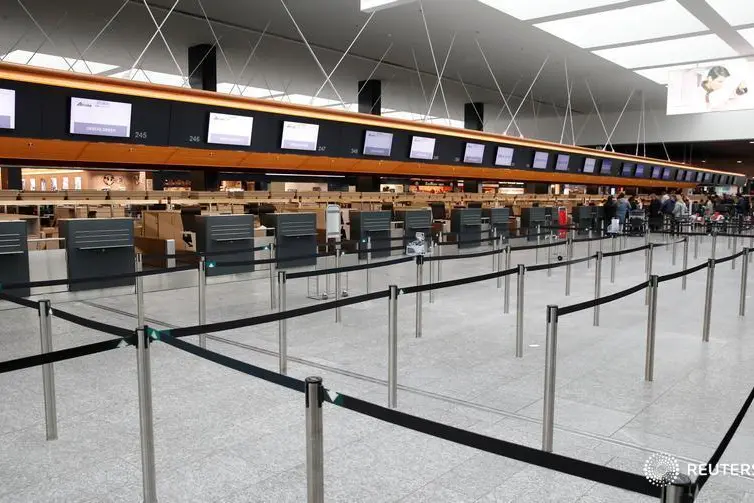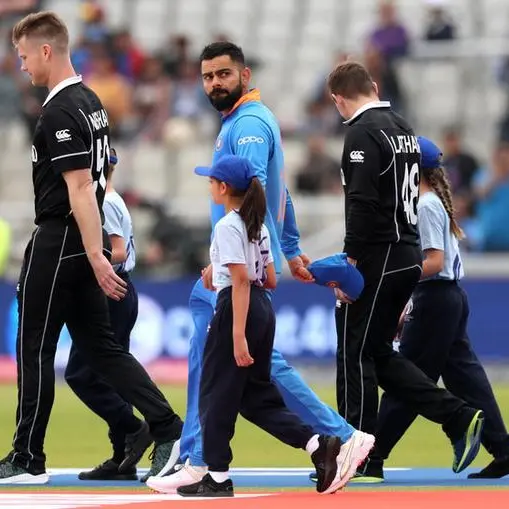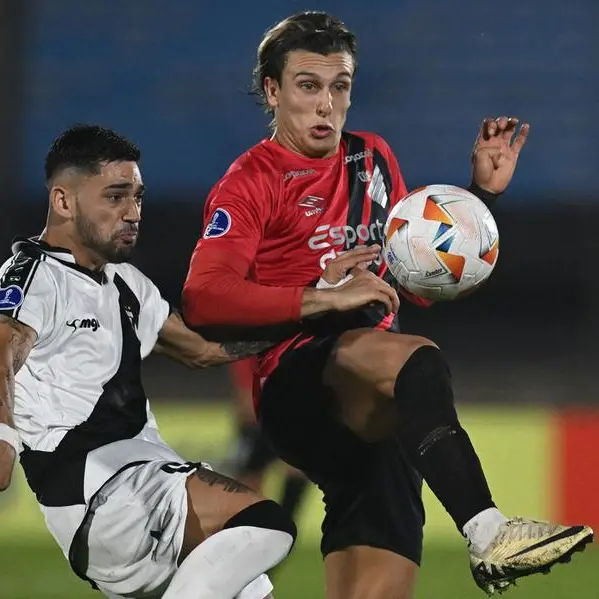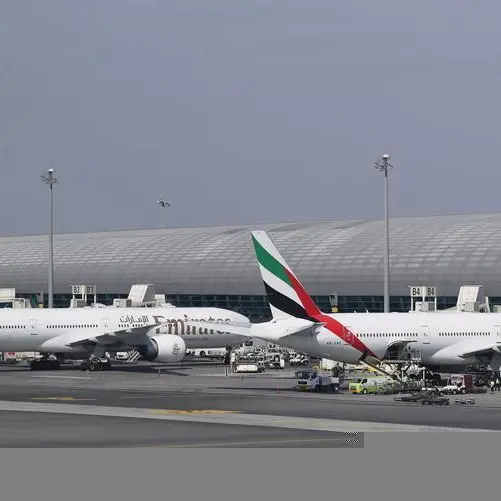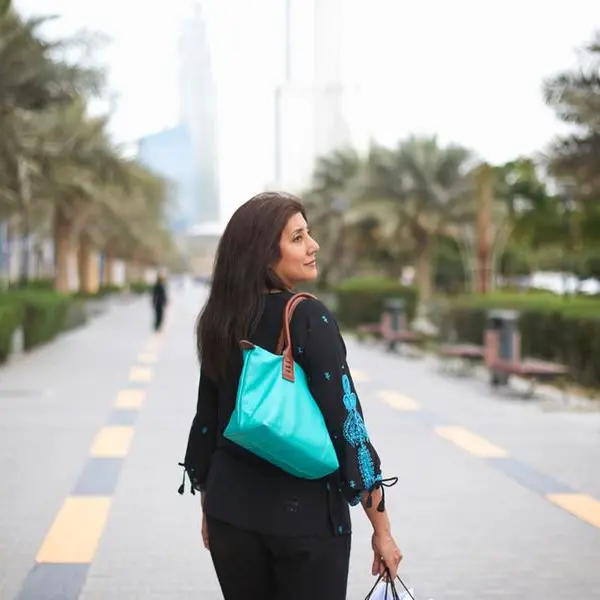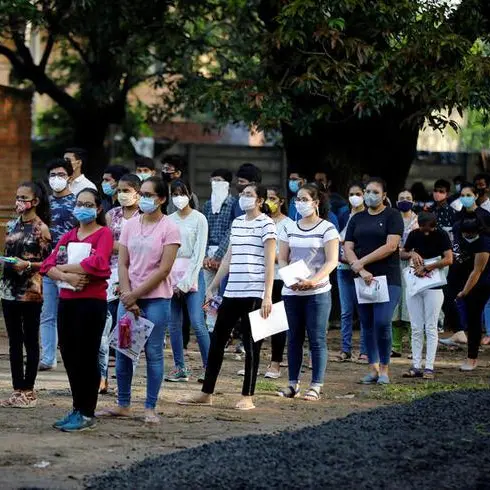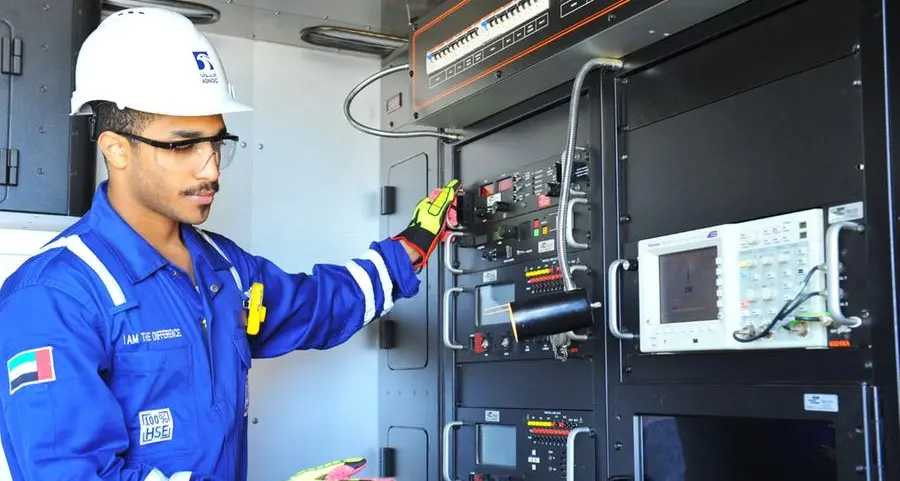PHOTO
(The author is a Reuters Breakingviews columnist. The opinions expressed are his own.)
NEW YORK: Even on a busy day, Zurich’s Kloten is among the world’s easiest airports to manage. Like everything Swiss, the security queues flow in an orderly fashion, the passport control booths are appropriately staffed, the clerk at the Laderach counter efficiently packages the bark chocolate for safe carriage, and while the coffee is mostly overpriced and unsatisfying, there are multiple options throughout the complex. It is, in short, precisely what an international airport needs to be: as close to hassle free as possible.
So to see it virtually empty, while boarding a Swiss International Air Lines (SWISS) flight to New York’s John F. Kennedy International Airport on Thursday, was an eye-opener. The entire voyage revealed airports devoid of humanity, an airplane in which the staff nearly outnumbered passengers, limited services and a glimpse into the emerging protocols that surely await when more normal travel flows resume. It’s unsettling in that zombie-apocalypse way, but also as painless as trans-Atlantic travel has ever been.
For the avoidance of doubt, this is not a column about how awesome, or how difficult, it is to travel during a pandemic. Rather it is a simple account for people like me who must cross the ocean from time to time for professional purposes or to see family members who live in different countries. Tourist travel is still months away for most, not least because many governments, including those of the United States and Switzerland, still restrict entry to all but their own citizens, or those who have legal residency to live and work in the countries.
The journey starts in Zurich, where the vehicle drop-off includes just a few cars or taxis and the only people visible outside the terminal are workers taking smoking breaks by the entrance. SWISS, which is controlled by Deutsche Lufthansa LHAG.DE , had suspended online check-in, so passengers must do so manually, a process that took about 30 minutes all told on Thursday. About half of the passengers wore masks, more than is common on the streets of Zurich. The SWISS agents did not, but were protected by sheets of plexiglass.
Throughout the pandemic, SWISS continued limited service to a few European gateways and operated three flights a week to Newark, New Jersey. The four weekly flights to JFK were recently added as part of a plan by the airline to expand its services in June, eventually to relaunch 190 flights to 41 destinations from Zurich and Geneva. Last month the Swiss parliament backed a government request for about 1.9 billion Swiss francs ($2 billion) in aid for the airline sector with most of that going to SWISS and Lufthansa in the form of loan guarantees.
“As The Airline of Switzerland, we intended to live up to all our responsibilities and keep Switzerland connected with the world as much as possible in this exceptional situation, despite the difficult operating conditions,” a SWISS spokesman told me. “Nevertheless load factors were overall low.” How low became clear as boarding for the JFK flight began.
But before getting to the plane, there is security. While this is usually smooth sailing in Zurich, it was exceptionally easy on Thursday. There were no waits to go through bag check whatsoever. The only glitch was self-imposed: I took a picture to document the absence of any line, which exercised a security officer. I deleted the photo for her, and we proceeded to have a lovely chat about skiing and how the lockdown forced a premature end to the season.
Once through, there’s no forced march through duty free, just a side-step to the terminal where a massive dispenser of hand-sanitizing gel beckons all comers. There are no newspaper kiosks, chocolate shops, clothiers or caviar purveyors open. Just a Burger King and a pharmacy. If you need reading material, a healthy sandwich or snacks, bring them with you.
Passport control was a breeze for me, as a Swiss resident. For my son, whose spring break visit was extended to nearly three months when the lockdown hit and his studies went online, there were a few additional questions. Gate agents handed us health declaration forms to fill out and present upon arrival in the United States. These included questions about our whereabouts, whether we were experiencing symptoms related to Covid-19 and a request for a U.S. address, email and telephone numbers – presumably for contact tracing purposes.
Eight of us waited on a bus to ferry us to an Airbus A330-300. To put that in context, SWISS configures the plane with 180 economy class seats, 50 in business and eight in first class. All but one of us was in the economy cabin. When a couple with a newborn boarded after the first group of passengers, they were seated directly behind me. I moved up a few rows without issue. All of the stewards wore facial masks for the duration of the nearly nine-hour flight.
Though most of the seats were empty, they all had pillows emblazoned with the SWISS logo uniformly positioned. There was no in-flight magazine. The airline did offer drinks and a meal service. The chicken pesto and couscous with carrot cake and Swiss cheese were adequate. The staff made sure to hand out the health declaration forms again.
Prior to the journey, SWISS had requested passengers to bring and wear their own face masks. On a long journey, this has two main drawbacks. It forces you to stew in your breath, which even if usually pleasant is hardly enhanced by plane food. Second, if you wear glasses they tend to fog up. I watched Tom Hanks play Fred Rogers in “A Beautiful Day in the Neighborhood,” and cried, as one tends to do more easily in an oxygen-heavy metal tube 30,000 feet above a planet in pain. There was nobody around to see my tears.
Before disembarking at JFK, a health official with a thick Brooklyn accent welcomed us to New York and told all passengers he would read our declaration forms to make sure they were legible. Then each person was scanned by another health worker to ensure they didn’t have a fever. She then gave each traveler a card from the Centers for Disease Control and Prevention advising in 14 languages how to stop the spread of Covid-19 and practice social distancing.
From there passed a most surprising sweep through JFK, including a scant 10-minute wait for luggage in one of the world’s most notoriously sluggish baggage terminals. There was only one other flight arriving around the same time, from Mexico City. The arrivals area was empty and no wait for a car. Even the Van Wyck Expressway, the usually clogged artery leading from JFK to the city and points north, was devoid of traffic. If a sign of strange times were needed, it’s hard to think of a better one than that.
(The author is a Reuters Breakingviews columnist. The opinions expressed are his own.)
(Editing by John Foley and Amanda Gomez) ((rob.cox@thomsonreuters.com; Reuters Messaging: rob.cox.thomsonreuters.com@reuters.net))
